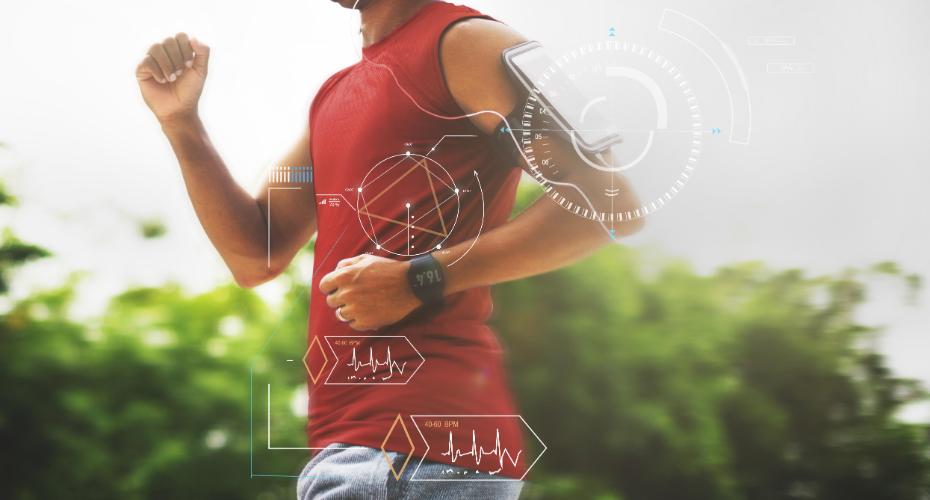Quigley’s work seeks to use technology to resolve issues before they present as a problem.
“At CSIRO what we’re looking for is a healthy life technology that you can begin to use early in life. It becomes part of your day-to-day interactions and gets knitted into schooling, life, education, work, who you are. It’s about using technology to change behaviour, alter health trajectory and avoid the need for expensive health interventions later in life.”
There are some 6000 researchers at CSIRO working on a variety of challenges.
“One of the big challenges is health and wellbeing. We’re not looking at new medicines because it isn’t about looking at things for when you’re sick. Instead it’s looking at how you stay healthy and make early interventions to maintain a healthy state.”
This work also explores the kinds of human-computer interfaces that might work best at urging people to manage their own diets, fitness, physical and mental health.
“These are going to have to be not very complicated health interfaces for the general public. Interfaces like something you have on an Apple watch, in a future digital kettle, in a future smart mirror or smart fridge. These interfaces might be very regular places in your home environment that just contain that extra bit of information that you need to inform your decisions for the day ahead. They will be situated interfaces, personalised and placed around the home; inconspicuous and peripheral to your day-to-day interactions.”
These interfaces will have to form a seamless part of people’s day; logging into a web system is “never going to work”.
Wearable devices in healthcare are designed to collect the data of users’ personal health and exercise and can even send a patient’s health information to a doctor or other healthcare professional in real-time. But Quigley explains how interfaces can also help ensure your health data is private.
“One of the things we do in CSIRO is edge AI: Instead of putting the data up into the cloud we use AI techniques whereby you control the data at the edge - within the device itself - and can preserve your privacy.”
As a guest on the HHIT Series on March 21st, Quigley will speak to host Prof Patricia Maguire about his fascinating work.
He will explain how he uses machine learning and AI techniques to analyse datasets that have been collected from large groups of people over long periods of time to identify patterns of behaviour that might call for specific health interventions.
One of his research projects uses wearables and computer vision to analyse human gait and predict potential changes in walking patterns over long periods of time to avoid health interventions down the line.
He will also speak about a project using radar technology and machine learning techniques to help visually impaired people to identify objects like foods.
At the heart of his work is a desire to help people to help themselves in an increasingly complicated healthcare landscape.
With more people now aged over 64 than there are children under 5 worldwide, “early interventions” are key to maintaining a long, healthy life.
